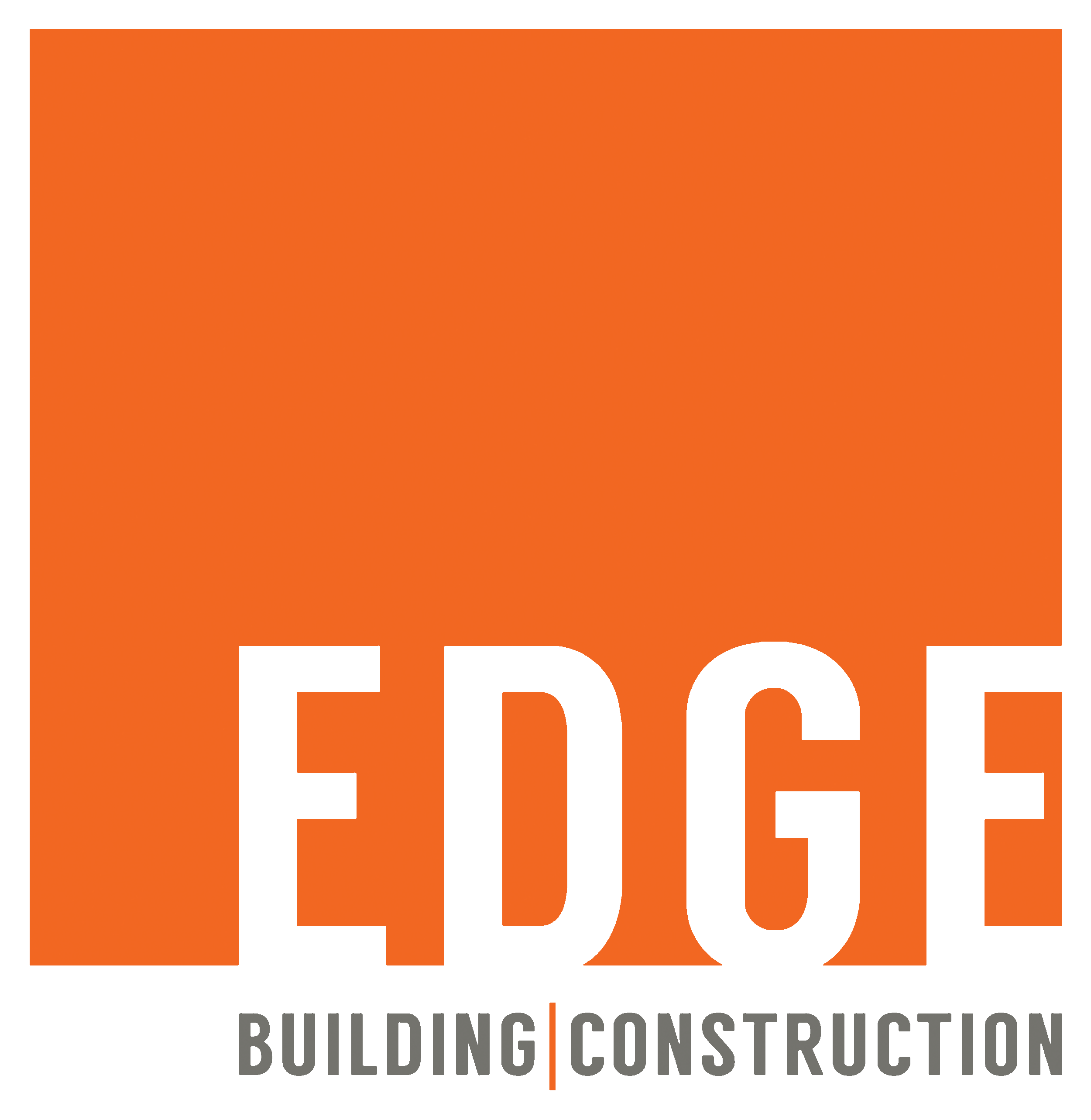A well designed medical office: Good for patients. Good for staff. Good for you.
Patient satisfaction and retention is impacted the minute they walk through your door. Nearly 1/3 of a patient’s overall satisfaction is influenced by the design and décor of your office. They also see your office design as a reflection of your – and your office’s – competence. With the cost to acquire a new patient at 6 to 7 times greater than it is to keep a current one, take time to understand not only want your patients need, but also what they want and expect.
When a patient walks through your door, do they feel welcomed? Is the area inviting and comfortable? Think about the subtle cues you are giving. Is your receptionist closed off behind a glass reception window or out in the open implying approachability? When offering seating have you ensured patients have choices to maximize their comfort and privacy? Choices should include arms that help define personal space and helps the patient stand up. Seating areas arranged or staggered so that patients can either converse with family members or avoid eye contact with other patients.
What impression do your exam rooms give? People associate clean and organized spaces with individuals who care and pay attention to details. Cluttered, unkept and outdated areas are associated with poorer skills and substandard care. Ensure your office has adequate storage. When setting up exam rooms think about the impression furniture placement and technology give. For instance, chairs placed perpendicular implies teamwork and support; side-by-side implies education and instruction; face-to-face implies expertise. Allowing patients to see computer screens implies transparency and can help facilitate discussions and understanding of care.
Office design isn’t just about patient satisfaction, it also has a great impact on your staff’s efficiency and productivity. A well laid out office helps with flow to reduce bottlenecks, increase privacy and help with staff movement. Proper lighting in staff areas helps decrease eye strain and reduces errors from misreading information. Infusing natural light improves mood and morale.
Medical Office Renovation Considerations
Large open entrance
Reception area integrated in waiting area, not closed of
Flexible, comfortable seating that offers options for conversation or privacy
ADA Accessibility
Integrated technology
Workflow efficiency
Happy, effective employees often translates into happy, satisfied patients. Which is good for everyone, including you.
